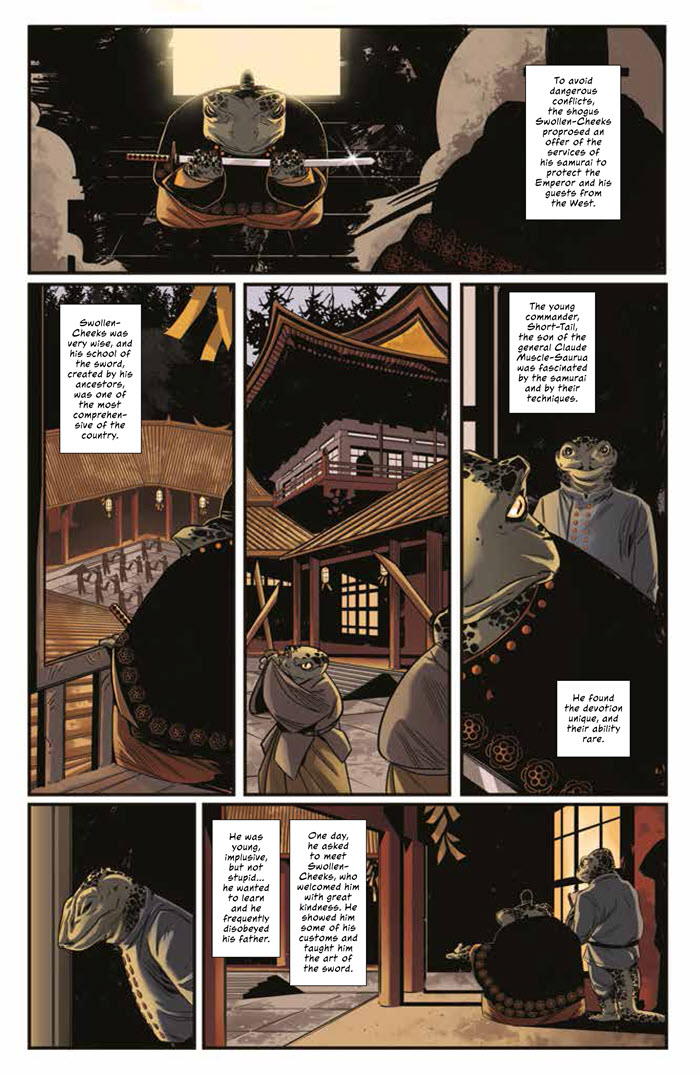

- WAY OF THE SAMURAI 1 MAIN CHARACTER HOW TO
- WAY OF THE SAMURAI 1 MAIN CHARACTER CODE
- WAY OF THE SAMURAI 1 MAIN CHARACTER SERIES
WAY OF THE SAMURAI 1 MAIN CHARACTER SERIES
See our castle page for more information.One rogue Samurai will sacrifice everything – apart from his honourĪs Japan’s factions head to war, this extraordinary new historical fiction series takes us into the heart of life as a Samurai Most of the castles contain exhibits or entire museums that display samurai artifacts and lifestyle. Over a hundred castles exist in Japan today, including twelve original castles (whose main keeps have survived the post-feudal years intact) and many modern reconstructions. The lord's samurai vassals resided in the town surrounding the castle: the higher their rank, the closer they resided to the castle. The following are some of the many ways tourists can learn about and experience samurai culture and lifestyle today:Ĭastles developed over the centuries from small defensive forts built high up on mountains into massive complexes at the heart of cities, where they served as the status symbol, administrative center and residence of the local lord. Samurai-related attractions can be found across Japan in form of castles, historic residences, museums, historically themed amusement parks and dress-up tours.
WAY OF THE SAMURAI 1 MAIN CHARACTER HOW TO
Samurai march in the Jidai Matsuri Parade in Kyoto How to appreciate the samurai today Japan's feudal era eventually came to an end in 1868, and the samurai class was abolished a few years afterwards. As a result, the importance of martial skills declined, and many samurai became bureaucrats, teachers or artists. Relative peace prevailed during the roughly 250 years of the Edo Period. Masterless samurai were called ronin and caused minor troubles during the 1600s. During this time, the samurai were forced to live in castle towns, were the only ones allowed to own and carry swords and were paid in rice by their daimyo or feudal lords. The country was eventually reunited in the late 1500s, and a rigid social caste system was established during the Edo Period that placed the samurai at the top, followed by the farmers, artisans and merchants respectively. Many of the famous samurai movies by Kurosawa are set during this time. It was also the era when ninja, warriors specialized in unconventional warfare, were most active. Consequently, warriors were in high demand. The samurai would rule over Japan for most of the next 700 years.ĭuring the chaotic era of warring states in the 15th and 16th centuries, Japan splintered into dozens of independent states constantly at war with one another. Minamoto Yoritomo emerged victorious and set up a new military government in 1192, led by the shogun or supreme military commander. The two most powerful of these landowning clans, the Minamoto and Taira, eventually challenged the central government and battled each other for supremacy over the entire country. Around the same time, warriors were increasingly hired by wealthy landowners that had grown independent of the central government and built armies for their own protection. The samurai trace their origins to the Heian Period campaigns to subdue the native Emishi people in the Tohoku Region. Samurai armors, katana displays, samurai costume trial, samurai lessons, sword cutting and guided tours. Interactive samurai history museum with experiences. Kyoto Samurai & Ninja Museum with Experience Many samurai were also drawn to the teachings and practices of Zen Buddhism. Strongly Confucian in nature, bushido stressed concepts such as loyalty to one's master, self discipline and respectful, ethical behavior.
WAY OF THE SAMURAI 1 MAIN CHARACTER CODE
Samurai were supposed to lead their lives according to the ethic code of bushido ("the way of the warrior"). Samurai employed a range of weapons such as bows and arrows, spears and guns, but their main weapon and symbol was the sword. They later made up the ruling military class which eventually became the highest ranking social caste of the Edo Period (1603-1867).

The samurai (or bushi) were the warriors of premodern Japan.


 0 kommentar(er)
0 kommentar(er)
